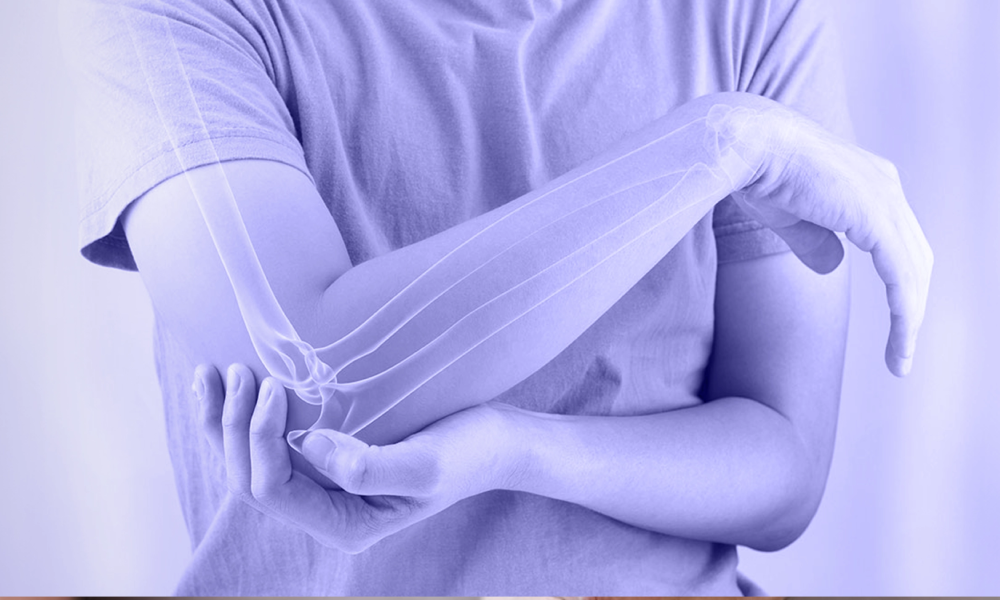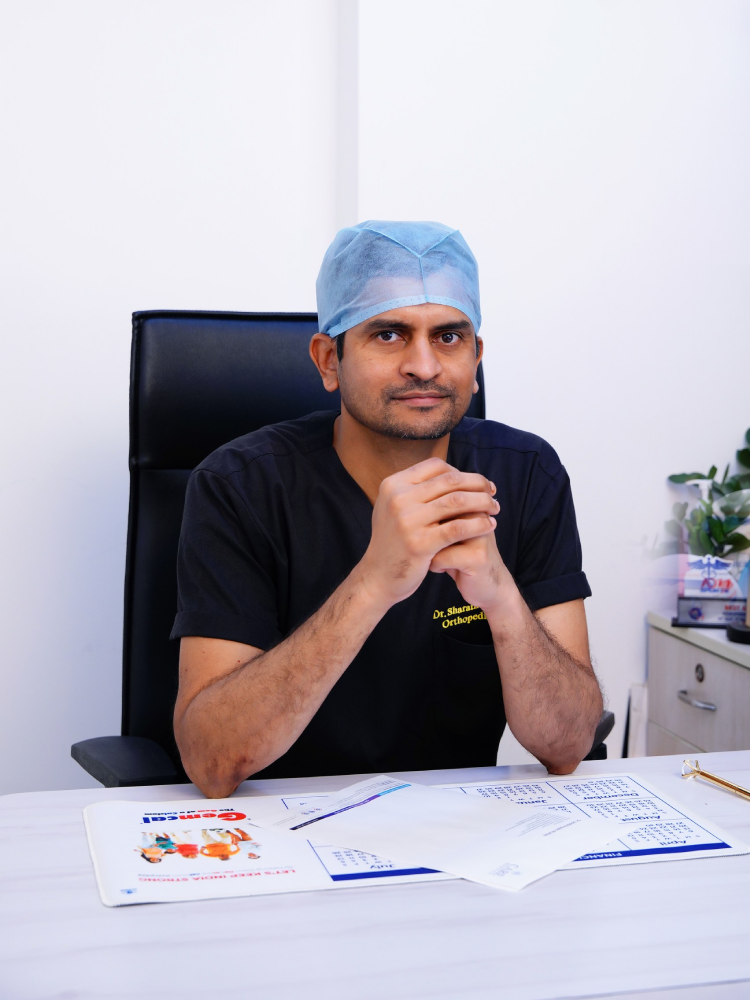
Best Arthroscopy Surgery in Hyderabad
Dr. Sharath Babu is one of the best orthopedic surgeons in Hyderabad, renowned for performing 1,000+ successful arthroscopy surgeries. Specializing in joint replacements, sports injuries, and trauma care, he combines advanced techniques with compassionate treatment to ensure faster recovery and minimal downtime. Trained under India’s top orthopedic experts, Dr. Sharath Babu has mastered minimally invasive procedures, offering precise, pain-relieving solutions. His patient-centric approach and exceptional surgical skills have made him a trusted name in orthopedics. Whether treating athletes or accident victims, he delivers expert care with outstanding outcomes. For the best arthroscopy surgery in Hyderabad, Dr. Sharath Babu stands as the preferred choice.
What is Arthroscopy?
Arthroscopy is a minimally invasive surgical procedure used to diagnose and treat joint problems. A small, flexible tube called an arthroscope (with a camera and light) is inserted through tiny incisions, allowing the surgeon to view the joint's interior on a monitor.Common Uses:
- • Repairing torn ligaments (e.g., ACL)
- • Removing damaged cartilage (meniscus tears)
- • Treating shoulder rotator cuff injuries
- • Fixing joint fractures or loose bone fragments
Benefits:
- • Less pain & scarring
- • Faster recovery than open surgery
- • Outpatient procedure (usually same-day discharge)
What are the different types of Arthroscopy?
Here are the different types of arthroscopy, categorized by the joint they treat:-
1. Knee Arthroscopy
- Used for ACL/PCL tears, meniscus repair, cartilage defects, and removing loose bodies.
-
2. Shoulder Arthroscopy
- Treats rotator cuff tears, labral repairs (SLAP tears), impingement, and recurrent dislocations.
-
3. Hip Arthroscopy
- Addresses labral tears, FAI (femoroacetabular impingement), and early arthritis.
-
4. Ankle Arthroscopy
- Fixes ligament injuries, bone spurs, and cartilage damage.
-
5. Wrist & Elbow Arthroscopy
- Manages carpal tunnel syndrome, TFCC tears, and tennis elbow.
How is Arthroscopy performed?
Arthroscopy is performed when a patient has persistent joint pain, stiffness, or mobility issues that don’t improve with conservative treatments like medication or physiotherapy.Common Reasons for Arthroscopy:
- Knee: ACL/Meniscus tears, cartilage damage, loose bone fragments
- Shoulder: Rotator cuff tears, impingement, recurrent dislocations
- Hip: Labral tears, femoroacetabular impingement (FAI)
- Ankle/Wrist: Ligament injuries, arthritis, chronic inflammation
When is it Needed?
- Diagnosis: When MRI/X-rays are inconclusive
- Treatment: To repair damaged tissues without large incisions
- Recovery: Faster healing compared to open surgery
What is the Arthroscopy Procedure?
- Anesthesia: You'll receive local, regional, or general anesthesia based on the joint and complexity.
- Small Incisions: The surgeon makes 2-3 tiny cuts (5-10mm) around the joint
- Arthroscope Insertion: A pencil-sized camera (arthroscope) is inserted to project real-time images onto a monitor.
- Diagnosis & Repair: The surgeon examines the joint, then uses micro-tools to repair tears, remove debris, or smooth damaged cartilage.
- Closure: Incisions are closed with stitches or steri-strips; no large scars.
- Recovery: Most patients go home the same day with a bandage and recovery plan.
Steps in Orthopedics
- Comprehensive Specialties
- Research and Development
- Emergency Services
- Advanced Imaging Services
- Intensive Care Units (ICUs)
- Rehabilitation Services
- Telemedicine Facilities
- Patient-Centric Approach
- Multidisciplinary Team
- Health Information Technology
Frequently Asked Questions
No, it’s a minimally invasive (keyhole) procedure with small incisions, less pain, and quicker recovery than open surgery.
Most patients resume light activities in 1–2 weeks, but full recovery (sports/heavy work) may take 4–6 weeks, depending on the joint and repair.
Not always—some arthroscopies use local or regional anesthesia, but complex cases may require general anesthesia.
Rare, but possible risks include infection, bleeding, or nerve damage. Choosing an experienced surgeon like Dr. Sharath Babu minimizes risks.
Typically, 6–12 weeks, with guided physiotherapy. The surgeon will assess healing progress before clearance.

